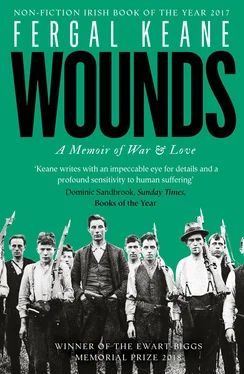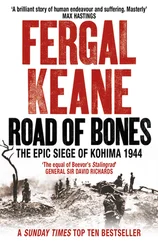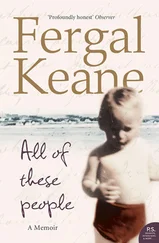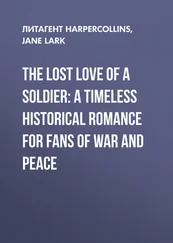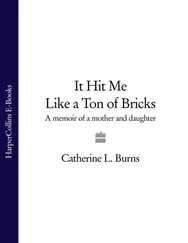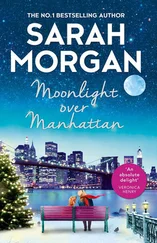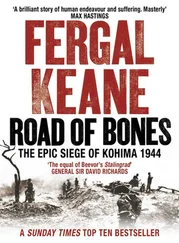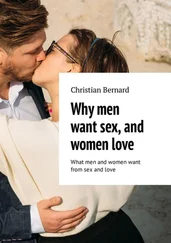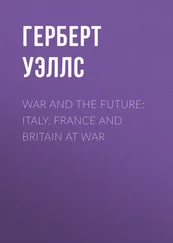For Sunday outings my parents would sometimes take us to Tara, seat of the ancient kings, or to nearby Newgrange, where each December the winter solstice illuminated the tombs of our ancient Irish ancestors. I did not need heroes from American films or English comic books. I was a suggestible child, borne along by my father’s passion, my teachers’ certainty and the vividness of our native legends. History and mythology, one blending seamlessly with the other. I was now acutely conscious of my father’s alcoholism. And so I learned the consolation of stories. I escaped the painful present by entering into the heroic past.
In that same year, 1966, events were beginning to unravel in the north that would change all of our lives. The sight of marching nationalists in the Republic unsettled the working-class Protestants of the north, where a Unionist government maintained all power in the hands of the Protestant majority. In the north, the commemoration of the Easter Rising had been a muted affair, but it took little in the way of nationalist self-assertion to prompt a return to the old habit of sectarian murder in Belfast. The Ulster Volunteer Force, named after an earlier Protestant militia, shot and killed two Catholic men in May and June. A Protestant pensioner died when flames from a burning Catholic pub spread to her home. The UVF followed up with a general warning that foreshadowed the murderous years to come. ‘From this day, we declare war against the Irish Republican Army and its splinter groups,’ it announced. ‘Known IRA men will be executed mercilessly and without hesitation. Less extreme measures will be taken against anyone sheltering or helping them, but if they persist in giving them aid, then more extreme methods will be adopted … we solemnly warn the authorities to make no more speeches of appeasement. We are heavily armed Protestants dedicated to this cause.’12
Violence permeated the memory of the Republic. It pulsed through the everyday reality of the north. IRA membership was not an essential qualification for murder at the hands of loyalists. At times any Catholic would do. But the early Troubles did not impinge on my life. The north was far away. In 1968, as the first big civil rights marches were taking place, I went on a trip to Belfast with my mother’s school. I remember the surprise of seeing red pillar boxes, a Union flag flying at the border, the model shop on Queen Street where I bought toy soldiers, the coach stopping on the coast at Newcastle on the way back so that we could hunt under the stones for eels and crabs. It was a brief moment of calm. The following year catastrophe enveloped the six counties. It lasted for decades, long enough for me to grow to adulthood and eventually move the hundred or so miles north to work as a journalist in Belfast.
The Troubles confounded my father. He and my mother had visited Belfast the year before I was born. They’d stayed in a theatrical boarding house on Duncairn Gardens in the north of the city. It was run by Mrs Burns, a kind-hearted Protestant woman who had welcomed generations of actors. But less than a decade later, the district had become a notorious sectarian flashpoint. Near where my parents had once walked freely, a ‘peace’ wall would be erected to keep Protestants and Catholics apart. My father’s romantic nationalism could not survive the onset of the Troubles. He veered between outrage at the British and outrage at the Provisional IRA. When IRA bombs killed civilians he would insist that these new guerrillas had nothing in common with the ‘Old IRA’, in which his mother Hannah and her brother had served. My father believed in the story of the good clean fight. He denied any kinship between the IRA Flying Columns of north Kerry and the men in balaclavas from the Falls Road and Crossmaglen. By then, the rebel in him had vanished.
How could he rhapsodise about the glorious dead of long ago while we watched on the nightly news the burned remains of civilians being gathered up on Bloody Friday? Neither my father nor my mother, or any of my close relatives, understood the north. Until 1969 it had had no practical impact on their lives. They watched from Dublin as curfews were declared and the first British troops arrived. Then came refugee camps in the south for embattled Catholics: 10,000 crossed into the Republic in 1972 – the year of Bloody Sunday, and Bloody Friday; *the year my parents broke up; the year we escaped my father’s headlong descent into alcoholism. The north was burning and blowing up but I was lost in the small room of my own sorrow. Nothing made sense.
The refugees were kept further north. But I remember a group came to the seaside in Ardmore, County Waterford, one weekend in August in the early seventies. They were hard kids from the streets of Belfast and they scared us. An Irish government file from the time gives a good indication of how many southerners felt about the new arrivals: ‘Refugees are not always frightened people who are thankful for the assistance being given them. Some of them can be very demanding and ungrateful, even obstreperous and fractious – as well as, particularly in the case of teenage boys, destructive.’13 Oh yes, we in the Republic had moved a long way from the destructive impulses of war. When crowds clashed with police outside the British embassy in Dublin, a Garda told the Guardian newspaper that ‘We didn’t know what was happening in the North until this lot attacked us.’14
The Provisional IRA became active in the Republic, training and hiding and, very occasionally, shooting at our own security forces. We had army patrols outside the banks, special courts to try IRA suspects and a ‘Heavy Gang’ of policemen who battered confessions out of prisoners. The word ‘subversive’ entered our daily vocabulary. To a middle-class boy like me, Republicans were aggressive young men in pubs selling the Sinn Féin newspaper An Phoblacht , a different and dangerous tribe whom we needed no encouragement to shun. In universities and schools we were now being taught a different history. The story of relentless English awfulness – and let there be no doubt, there had been plenty of it – was replaced by a more nuanced narrative in which the past was complex and sometimes confounding.
I realised by the mid-1970s, as the death toll from shootings and bombings in the north moved towards the thousands, that history was a great deal more than the stories my father had told me. It lay in the untold, in the silences that surrounded the killing in which my own family had been involved, and in the Civil War that had divided family members from old comrades. But for all the new spirit of historical revisionism we were not encouraged to ask the obvious contemporary question: What did the violence of our own past have to do with what we saw nightly on our televisions? What made the violence of my grandmother Hannah’s time right and the violence of the ‘Provos’ wrong? Why was Michael Collins a freedom fighter and Gerry Adams a terrorist?
Interrogating these questions did not suit the agenda of the governments that ruled Ireland during the years of modern IRA violence. They were dealing with a secret army that wanted not only to bomb Ireland to unity but overthrow the southern government in the process. Both our main political parties had been founded by men who put bullets into the heads of informers, policemen and soldiers. By the time I was a teenager the last of them was long gone from public life. Their successors, the children of the Revolution, demanded that violence be kept in the past where it could do no harm. In short, we had had enough of that kind of thing.
In this ambition they were enthusiastically supported by the mass of the population. Whatever it took to keep the Provisional IRA and other Republicans in check down south was, by and large, fine with the Irish people. There might be emotional surges after Bloody Sunday in 1972 or the Republican hunger strikes at the Maze prison in the early 1980s, but the guns of Easter 1916 or the killers in the ‘Tan war’ were not who we were now. The Provisional IRA on the other hand took their cue from the minority within a minority who had declared an All-Ireland Republic with the Easter Rising of 1916, and as long as there was a republic to be fought for they claimed legitimacy for killing in its name. Down south they were hounded and despised, an embarrassing, bearded fringe who occasionally added to the store of public loathing and mistrust by killing a policeman or soldier in the Republic. Any attempt to contrast and compare with the ‘Old IRA’ was officially discouraged for fear of giving comfort to the Provos.
Читать дальше
